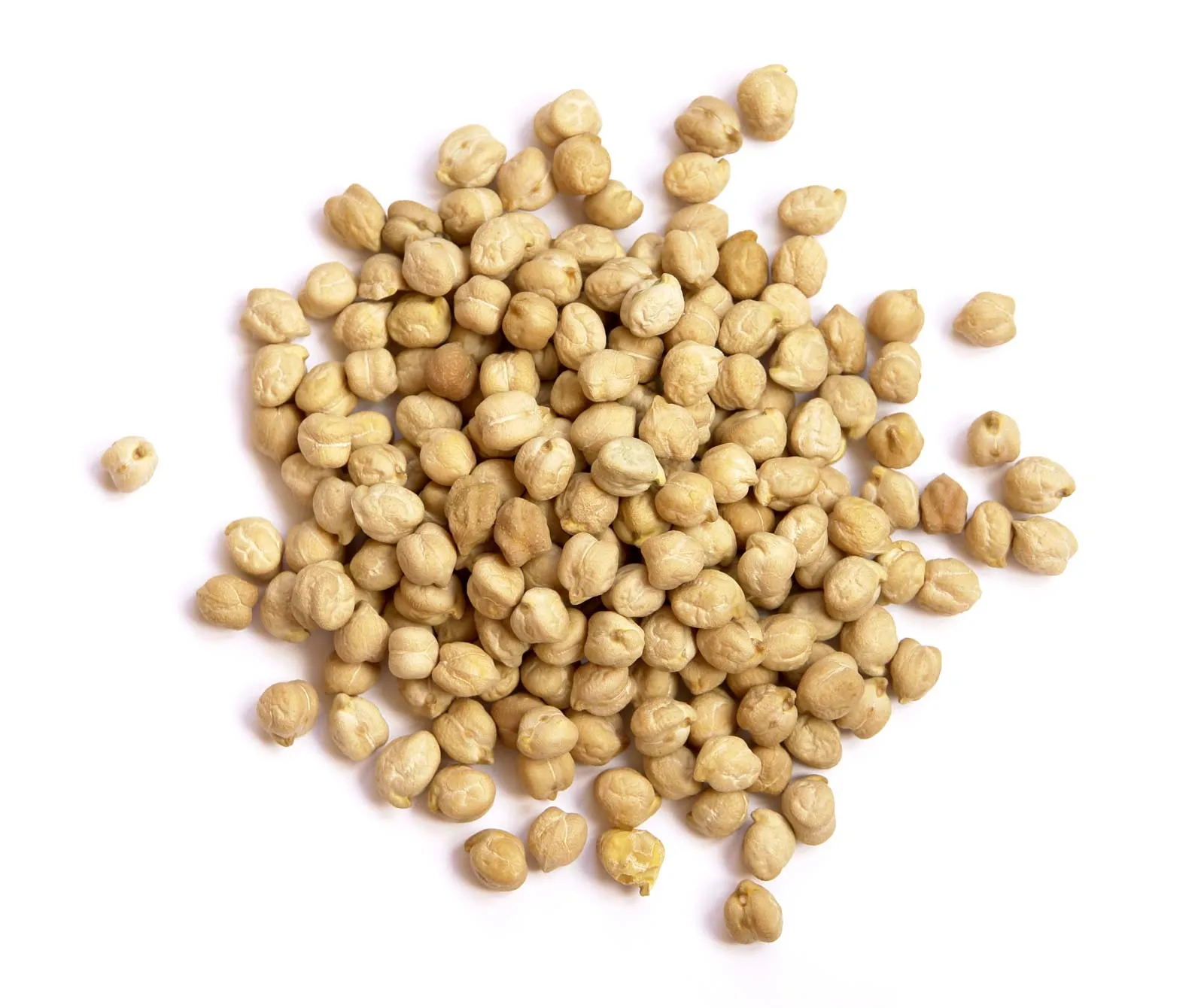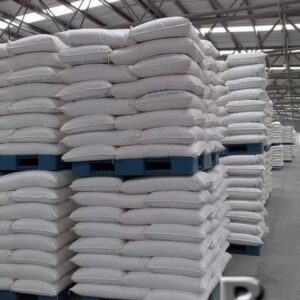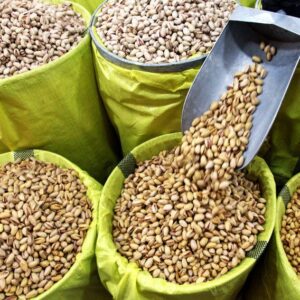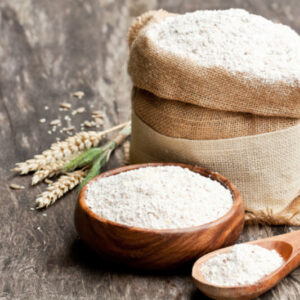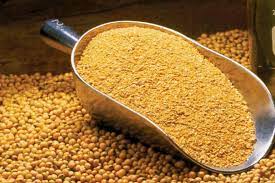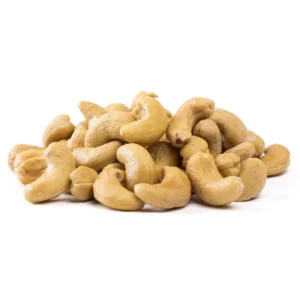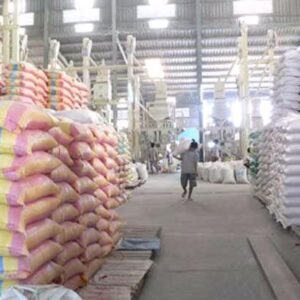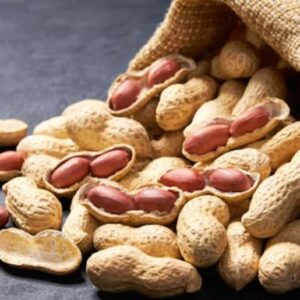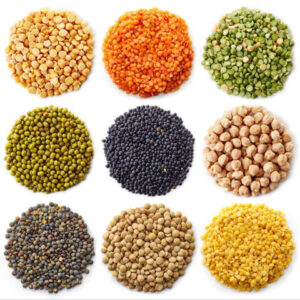The chickpea or chick pea (Cicer arietinum) is an annual legume of the family Fabaceae, subfamily Faboideae. Its different types are variously known as gram or Bengal gram, chhana, chana, or channa, garbanzo or garbanzo bean, or Egyptian pea.Chickpea seeds are high in protein. It is one of the earliest cultivated legumes, and 9500-year-old remains have been found in the Middle East.
The chickpea is a key ingredient in Mediterranean and Middle Eastern cuisines, used in hummus, and, when soaked and coarsely ground with herbs and spices then made into patties and fried, falafel. As an important part of Indian cuisine, it is used in salads, soups and stews, and curry, in chana masala, and in other food products that contain channa (chickpeas). In 2019, India was responsible for 70% of global chickpea production.
Chickpeas are a nutrient-dense food, providing rich content (20% or higher of the Daily Value, DV) of protein, dietary fiber, folate, and certain dietary minerals, such as iron and phosphorus in a 100-gram reference amount (see adjacent nutrition table). Thiamin, vitamin B6, magnesium, and zinc contents are moderate, providing 10–16% of the DV. Compared to reference levels established by the United Nations Food and Agriculture Organization and World Health Organization, proteins in cooked and germinated chickpeas are rich in essential amino acids such as lysine, isoleucine, tryptophan, and total aromatic amino acids.
A 100-gram (3+1⁄2-ounce) reference serving of cooked chickpeas provides 686 kilojoules (164 kilocalories) of food energy. Cooked chickpeas are 60% water, 27% carbohydrates, 9% protein and 3% fat (table). 75% of the fat content is unsaturated fatty acids for which linoleic acid comprises 43% of the total fat.
Agricultural yield for chickpeas is often based on genetic and phenotypic variability, which has recently been influenced by artificial selection. The uptake of macronutrients such as inorganic phosphorus or nitrogen is vital to the plant development of Cicer arietinum, commonly known as the perennial chickpea. Heat cultivation and macronutrient coupling are two relatively unknown methods used to increase the yield and size of the chickpea. Recent research has indicated that a combination of heat treatment along with the two vital macronutrients, phosphorus and nitrogen, are the most critical components to increasing the overall yield of Cicer arietinum.
Perennial chickpeas are a fundamental source of nutrition in animal feed as they are high-energy and protein sources for livestock. Unlike other food crops, the perennial chickpea can change its nutritional content in response to heat cultivation. Treating the chickpea with a constant heat source increases its protein content almost threefold. Consequently, the impact of heat cultivation affects the protein content of the chickpea itself and the ecosystem it supports. Increasing the height and size of chickpea plants involves using macronutrient fertilization with varying doses of inorganic phosphorus and nitrogen.



